Why is it that almost every new urban development project in Malmö is nicknamed Malmhattan and comprises buildings that resemble a North American skyline? Malmhattanism maps the ideological contexts of skyscraper projects in Malmö over the last seventy years. The book presents Malmhattanism as a skyscraper ideology developed primarily in the context of Malmö. The book presents analyses of Santiago Calatrava's Turning Torso, but also of the lesser known abandoned skyscraper projects that have formed Malmhattanism's development over the years.
Available (in Swedish only) here.
A short introduction to the book in English can be found here.
BOOKS:
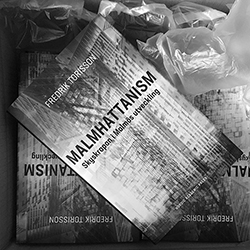
MALMHATTANISM: SKYSKRAPAN I MALMÖS UTVECKLING
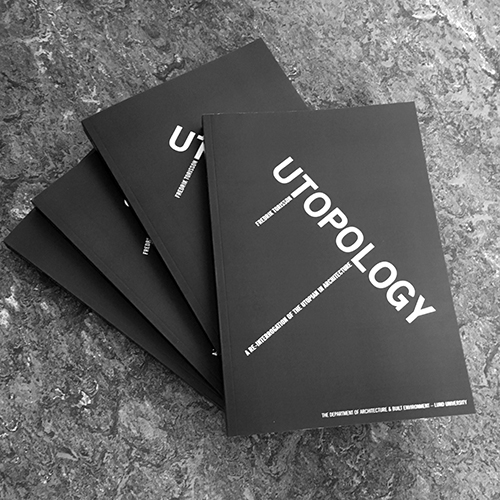
UTOPOLOGY: A RE-INTERROGATION OF THE UTOPIAN IN ARCHITECTURE
Doctoral Dissertation, Department of Architecture, LTH, Lund University, 2017.
Utopia – the word is simultaneously evocative of hope and dread. As a concept it is stupendously problematic, and yet despite its alleged passing into irrelevance, utopia still remains a household word. Why is this so?
Utopia has been reduced to a category. We place a solution in the category of the utopian or, conversely, the not-utopian. Without fail, discussions involving utopia will eventually veer toward debates on whether a book, project, or building is utopian or not.
The study at hand re-interrogates the utopian concept. The question is not what architecture is utopian, but how and why architecture is utopian. Utopia is reinterpreted as a concept predicated on survival and a desire for a better way of living, rather than on immortality and perfection. Utopia is monstrous; its function is to challenge the presuppositions that define the horizons of our imagination, and to show us that the future is not predetermined: the future is fundamentally open. Available here.
Utopia – the word is simultaneously evocative of hope and dread. As a concept it is stupendously problematic, and yet despite its alleged passing into irrelevance, utopia still remains a household word. Why is this so?
Utopia has been reduced to a category. We place a solution in the category of the utopian or, conversely, the not-utopian. Without fail, discussions involving utopia will eventually veer toward debates on whether a book, project, or building is utopian or not.
The study at hand re-interrogates the utopian concept. The question is not what architecture is utopian, but how and why architecture is utopian. Utopia is reinterpreted as a concept predicated on survival and a desire for a better way of living, rather than on immortality and perfection. Utopia is monstrous; its function is to challenge the presuppositions that define the horizons of our imagination, and to show us that the future is not predetermined: the future is fundamentally open. Available here.
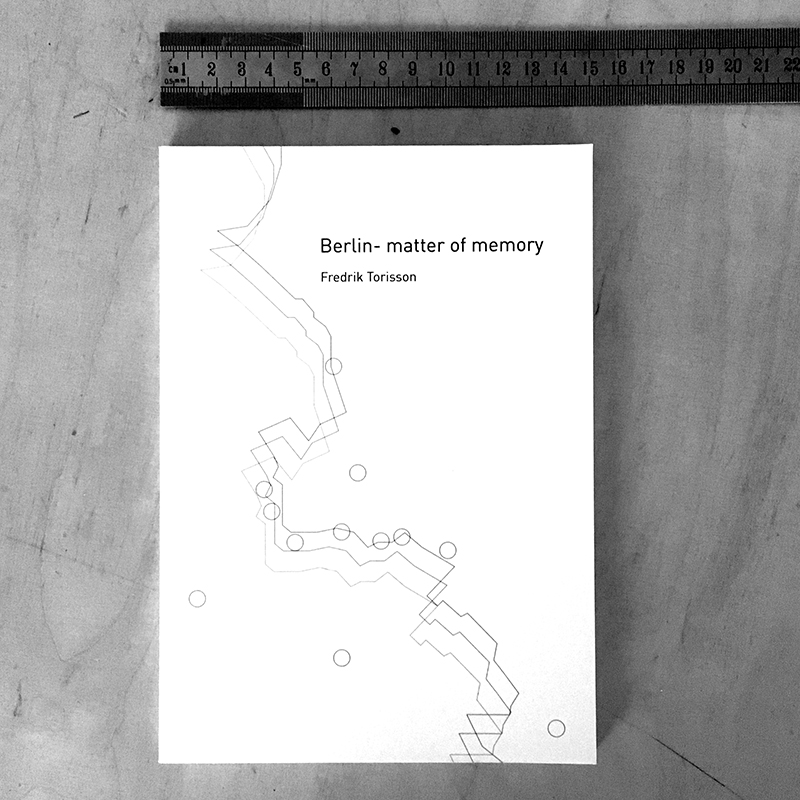
BERLIN – MATTER OF MEMORY (2010)
Berlin was shaped by the 20th century to a greater extent than most European cities. An epicentre of world history from the early 1900s, Berlin was the stage for many of the conflicts and horrors that plagued the last century and in many ways, the 20th century continues to shape the city.
This book is an exploration and analysis of Berlin in the 21st century. It presents two parallel images of the city: its relics as an image of what Berlin is, and its monuments as an image of what Berlin is aspiring to transform into. Through a series of essays focusing on relics and monuments, contemporary Berlin is connected to its past as well as its future.
The book is also a discussion of the fundamental difference between relics and monuments and the rewriting of history through monuments to create a past for the future.
This book is an exploration and analysis of Berlin in the 21st century. It presents two parallel images of the city: its relics as an image of what Berlin is, and its monuments as an image of what Berlin is aspiring to transform into. Through a series of essays focusing on relics and monuments, contemporary Berlin is connected to its past as well as its future.
The book is also a discussion of the fundamental difference between relics and monuments and the rewriting of history through monuments to create a past for the future.
ARTICLES (PEER-REVIEWED):

"STRATEGIES OF VISIBILITY IN THE SMART CITY" (2022)
Journal: City, Territory & Architecture
This article argues that visibility in the case of the smart city is instead strategically produced, and that the strategy opted for tells us something about the kind of urban imaginary put forward. The article introduces a provisional and non-exhaustive taxonomy of strategies of visibility based on analyses of three different cases of smart city projects (in Brazil, Sweden and Canada) and identifies the ways in which the smart city is made visible (or not)—symbolic presence of smart, modelling smart and ubiquitous invisible smart—and discusses what kind of city is envisioned based on each strategy. Article available here.
This article argues that visibility in the case of the smart city is instead strategically produced, and that the strategy opted for tells us something about the kind of urban imaginary put forward. The article introduces a provisional and non-exhaustive taxonomy of strategies of visibility based on analyses of three different cases of smart city projects (in Brazil, Sweden and Canada) and identifies the ways in which the smart city is made visible (or not)—symbolic presence of smart, modelling smart and ubiquitous invisible smart—and discusses what kind of city is envisioned based on each strategy. Article available here.
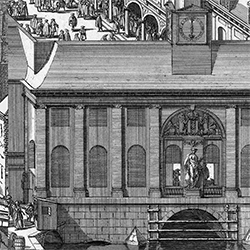
"A CONDITIONED EXCHANGE" (2019)
Journal: Footprint # 25
This article investigates the relation between this ethos of speculation and architecture in this timeframe. During this period, the architecture of the exchanges transformed; what was a square with an inside at the outset gradually became an enclosed institution with representative façades toward the end of the period. The transition of the physical environment of exchange and the increasingly complex financial instruments interact, and this interaction is traced through a sequence of exchange-structures inspired by one another. Article available here.
This article investigates the relation between this ethos of speculation and architecture in this timeframe. During this period, the architecture of the exchanges transformed; what was a square with an inside at the outset gradually became an enclosed institution with representative façades toward the end of the period. The transition of the physical environment of exchange and the increasingly complex financial instruments interact, and this interaction is traced through a sequence of exchange-structures inspired by one another. Article available here.
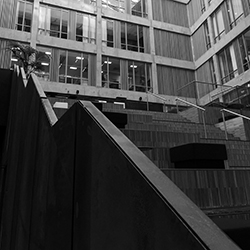
"THE FALSE PROBLEM OF URBANE DESIGN" (2018)
Journal: Ardeth, Volume 3. (available only as hard copy)
Urbane design concerns itself with promoting the qualities associated with the urban – dynamism, transversal networks, etc. – in places where these do not (yet) exist. Urbane design can be considered a neoliberal off-shoot of ‘urban curating’ and other contemporary forms of extending architectural practice into the social realm. The urbane designer is the creative manager of the creative city, whose specific task is animating or activating urban space. Arguing that architectural theory needs to interrogate urbane design beyond the traditional confines of architectural theory, this article addresses three different aspects of urbane design in relation to the mixed-use flagship development Studio in Malmö, Sweden. Article available here.
Urbane design concerns itself with promoting the qualities associated with the urban – dynamism, transversal networks, etc. – in places where these do not (yet) exist. Urbane design can be considered a neoliberal off-shoot of ‘urban curating’ and other contemporary forms of extending architectural practice into the social realm. The urbane designer is the creative manager of the creative city, whose specific task is animating or activating urban space. Arguing that architectural theory needs to interrogate urbane design beyond the traditional confines of architectural theory, this article addresses three different aspects of urbane design in relation to the mixed-use flagship development Studio in Malmö, Sweden. Article available here.

"THE CYBERNETIC HYPOTHESIS & ARCHITECTURE" (2018)
Journal: Histories of Post-War Architecture, Volume 1. Available here
Whatever happened to cybernetics in architecture? Cybernetics swaggered from day one. Its original mission, to predict the evasive manoeuvres of bomber pilots, soon evolved into making predictions in social systems and game theory, as well reconfiguring architecture as a system. Then, one day, the moment passed, and cybernetics vanished without fanfare. Or so the story goes.What if, on the contrary, cybernetics disappeared in name only, and its principles still thrive in architectural practices? Tiqqun’s “L’Hypothèse cybernetique” (2001) argues that the cybernetic hypothesis replaces the liberal hypothesis of sovereignty with one of control. The article traces cybernetics in architecture with the aim of articulating how cybernetics remains in the “post-critical” turn.
Whatever happened to cybernetics in architecture? Cybernetics swaggered from day one. Its original mission, to predict the evasive manoeuvres of bomber pilots, soon evolved into making predictions in social systems and game theory, as well reconfiguring architecture as a system. Then, one day, the moment passed, and cybernetics vanished without fanfare. Or so the story goes.What if, on the contrary, cybernetics disappeared in name only, and its principles still thrive in architectural practices? Tiqqun’s “L’Hypothèse cybernetique” (2001) argues that the cybernetic hypothesis replaces the liberal hypothesis of sovereignty with one of control. The article traces cybernetics in architecture with the aim of articulating how cybernetics remains in the “post-critical” turn.
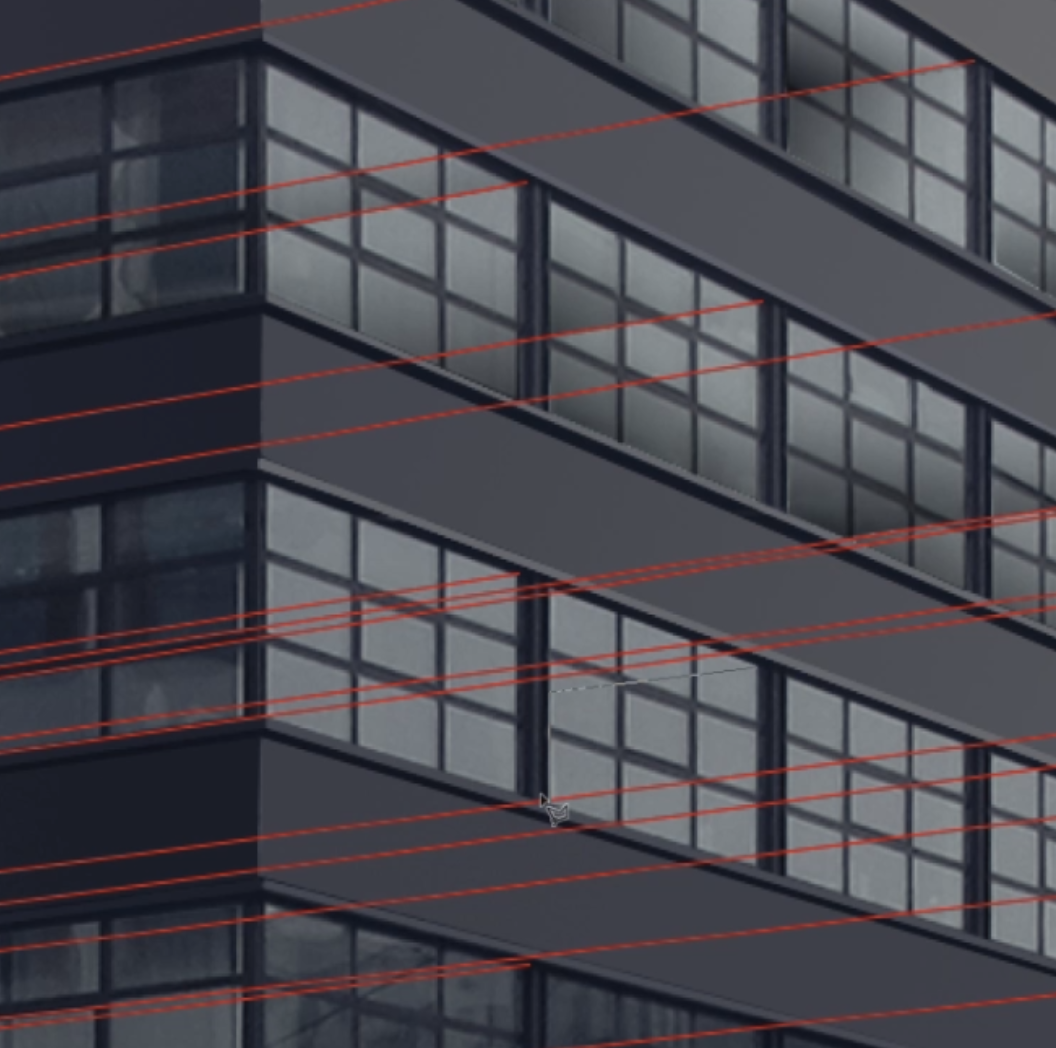
HELEN RUNTING, RUTGER SJÖGRIM & FREDRIK TORISSON: "POP THEORY: A GUIDE TO LATE NIGHT SHOPPING" (2017)
Journal: Architecture & Culture, Volume 5, 2017: Issue 3. Available here (Restricted access).
Inviting audiences into the late-night, precarious world of (photo)shopping, we explore the way in which the ghostly figures of the Photoshop world – its exhausted architects, indebted consumers, and the two-dimensional cut-outs that populate its spaces – are all put to use in a project of producing subjectivities through environments. Feminist critiques of visuality provide a basis in understanding the play between bodies and worlds that set this production in motion. By looking at the mechanics of “pre-occupation” that allow us to inhabit such images, we speculate: could a re-theorization of this most commercial of “extra-architectural services” (visualization) allow the activity of shopping be put to more radical use?
Inviting audiences into the late-night, precarious world of (photo)shopping, we explore the way in which the ghostly figures of the Photoshop world – its exhausted architects, indebted consumers, and the two-dimensional cut-outs that populate its spaces – are all put to use in a project of producing subjectivities through environments. Feminist critiques of visuality provide a basis in understanding the play between bodies and worlds that set this production in motion. By looking at the mechanics of “pre-occupation” that allow us to inhabit such images, we speculate: could a re-theorization of this most commercial of “extra-architectural services” (visualization) allow the activity of shopping be put to more radical use?

HELEN RUNTING & FREDRIK TORISSON: "MANAGING THE NOT-YET: THE ARCHITECTURAL PROJECT UNDER SEMIOCAPITALISM" (2017)
Journal: Architecture & Culture, Volume 5, 2017: Issue 2. Available here (Restricted access).
Under conditions of semiocapitalism – wherein signs, rather than goods or even services, are the main output of abstract production – the architectural “project” has become the primary technology for organizing architectural labor. The project, we argue, also acts as a capture device capable of linking economic production and the production of subjectivity, facilitating both the reproduction of (architectural) labor, on the one hand, and the financing of schemes, on the other. Both outcomes, we posit, are dependent on the production of anticipatory affects that imbue legitimacy by citing the past and factoring in the future.
Under conditions of semiocapitalism – wherein signs, rather than goods or even services, are the main output of abstract production – the architectural “project” has become the primary technology for organizing architectural labor. The project, we argue, also acts as a capture device capable of linking economic production and the production of subjectivity, facilitating both the reproduction of (architectural) labor, on the one hand, and the financing of schemes, on the other. Both outcomes, we posit, are dependent on the production of anticipatory affects that imbue legitimacy by citing the past and factoring in the future.

"AN ANATOMY OF HOPE" (2015)
Journal: plaNext Issue: 1. Available here.
There has over the last couple of years been a rapid increase in instances of political upheaval, and the words change and hope are heard increasingly often in political discussion, signalling a dynamism as well as an openness in political discussion that goes well beyond the ideologies of the 20th century. Hope is in other words here understood as transformative; the concept is interlinked with the prospect of change. Hope is as an operative concept capable of a double move, simultaneously being critical and propositional. The critical aspect is implicit in the connection to change; it denotes a desire for a different world than what is. The propositional aspect implies a direction and the exploration of an alternative. Hope in relation to spatial practices is thus concerned with the experimentation along the edge of the current doxai – challenging them and seeking to extend them.
There has over the last couple of years been a rapid increase in instances of political upheaval, and the words change and hope are heard increasingly often in political discussion, signalling a dynamism as well as an openness in political discussion that goes well beyond the ideologies of the 20th century. Hope is in other words here understood as transformative; the concept is interlinked with the prospect of change. Hope is as an operative concept capable of a double move, simultaneously being critical and propositional. The critical aspect is implicit in the connection to change; it denotes a desire for a different world than what is. The propositional aspect implies a direction and the exploration of an alternative. Hope in relation to spatial practices is thus concerned with the experimentation along the edge of the current doxai – challenging them and seeking to extend them.
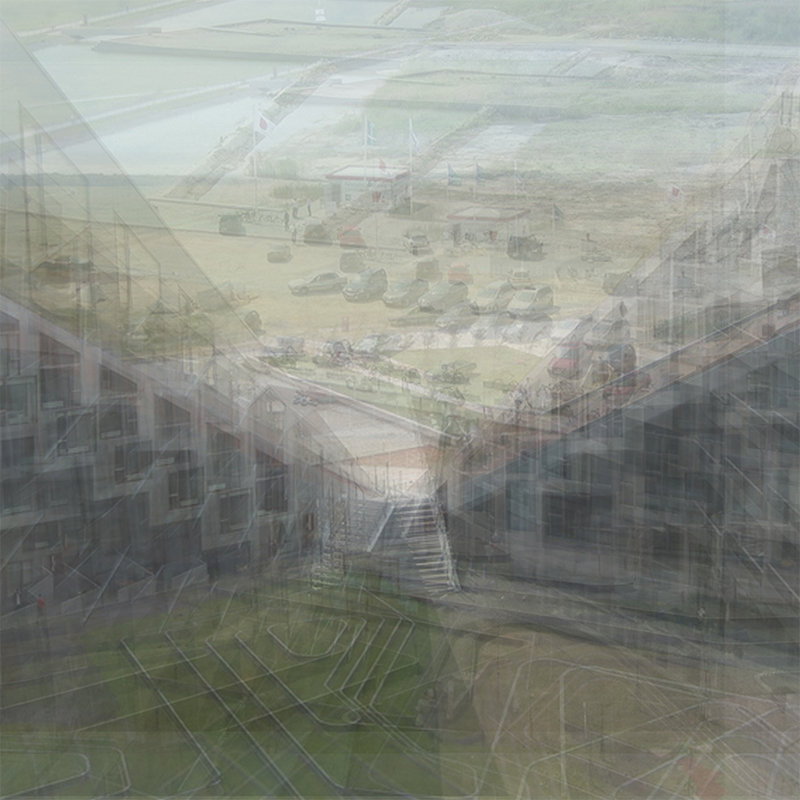
HELEN RUNTING & FREDRIK TORISSON: "YES BOSS! THE 8 HOUSE: TOWARDS A PROJECTIVE CRITIQUE" (2015)
Journal: Drawing On Issue: 1. Available here.
Writing of postmodernism, Fredric Jameson locates the (postmodern) desire for architecture in its image. Alloy-like, the architecture of the early twenty-first century amalgamates image and material structure and in so doing sprawls simultaneously across the spaces of media and the city. From concept diagram to post-occupancy photograph, the building is now both preceded and augmented by a distributed array of high-resolution images. A brand from the moment of inception, the “distributed form” of the contemporary architectural project in fact seems carefully designed to facilitate its on-going dissemination. It is this relation – that of architecture to its image – which this essay critically addresses, exploring what it is that such projects actually project, and how we might – as architects and critics – critically engage with that content.
Writing of postmodernism, Fredric Jameson locates the (postmodern) desire for architecture in its image. Alloy-like, the architecture of the early twenty-first century amalgamates image and material structure and in so doing sprawls simultaneously across the spaces of media and the city. From concept diagram to post-occupancy photograph, the building is now both preceded and augmented by a distributed array of high-resolution images. A brand from the moment of inception, the “distributed form” of the contemporary architectural project in fact seems carefully designed to facilitate its on-going dissemination. It is this relation – that of architecture to its image – which this essay critically addresses, exploring what it is that such projects actually project, and how we might – as architects and critics – critically engage with that content.
OTHER PUBLICATIONS:

"EXPO 67 ON REPEAT" (2022)
Popular science article in Urban Matters.A short article on the aesthetics of the smart city and the ways in which the smart city resembles the 1967 Expo in Montréal. The article is available here.

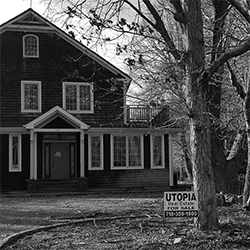


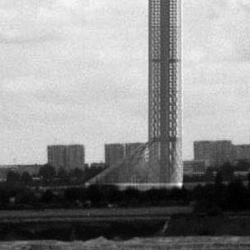


"PLANS FOR A PLENTIFUL FUTURE" (2020)
Book chapter in The Artful Plan Published by Birkhäuser.
A short study of two Swedish examples focusing on representing growth in the plan. The examples are of both different times and different scales. What they have in common is precisely the possibility and imperative to grow over time. Consequently, the plans prescribe building a structure that would be considered perpetually incomplete, which is intended to be filled in over time. Read more here.
A short study of two Swedish examples focusing on representing growth in the plan. The examples are of both different times and different scales. What they have in common is precisely the possibility and imperative to grow over time. Consequently, the plans prescribe building a structure that would be considered perpetually incomplete, which is intended to be filled in over time. Read more here.

"OUTLINING PLATFORM UTOPIANISM" (2019)
Book: Re-thinking the Social Published by Actar.
With platform utopianism, utopia becomes instrumental; it becomes focused on medium rather than content. As a result, the means and ends of opening up the future converge. The “platform” thereby solves many of the imagined problems of utopia as content. Read more about the book here.
With platform utopianism, utopia becomes instrumental; it becomes focused on medium rather than content. As a result, the means and ends of opening up the future converge. The “platform” thereby solves many of the imagined problems of utopia as content. Read more about the book here.

HELEN RUNTING & FREDRIK TORISSON: "ANTICIPATION AND OTHER AFFECTIVE PRODUCTIONS" (2019)
Book: After Effects Published by Actar.
The imaginary line that connects the architect’s first sketch to a ‘completed’ building is becoming increasingly faint—a heavy blur has begun to obscure any trajectory that previously linked the two. In the age of affect, wherein architectural output is characterized by the production of anticipation rather than bricks and mortar, the graphic output of the architect (her drawings, specifications, renders, and montages) act on the world on their own, on their own terms. Read more about the book here.
The imaginary line that connects the architect’s first sketch to a ‘completed’ building is becoming increasingly faint—a heavy blur has begun to obscure any trajectory that previously linked the two. In the age of affect, wherein architectural output is characterized by the production of anticipation rather than bricks and mortar, the graphic output of the architect (her drawings, specifications, renders, and montages) act on the world on their own, on their own terms. Read more about the book here.

"THE UTOPIAN MYSTIQUE OF NEOLIBERAL ARCHITECTURE" (2018)
Journal: Lo Squaderno Issue 50: Utopia & Measure. Available here.
In this short text, I set out to discuss its mirror or simulacrum of potentiality as a spatial expression in architecture and urban design. I will outline potentiality in utopian neoliberal architecture as based on the notion of infinite potential (of the city) for difference, change and improvement. We, colloquially, see potential in a space, we see what it could become, and what the neighborhood could evolve into. Potential, in this context, is a perceived quality of space, the measure of imagined possibility. Yet, also this type of potentiality is, as Virno stresses in relation to the subject, also not actual, but virtual, potential is not present, but is traded as if it were.
In this short text, I set out to discuss its mirror or simulacrum of potentiality as a spatial expression in architecture and urban design. I will outline potentiality in utopian neoliberal architecture as based on the notion of infinite potential (of the city) for difference, change and improvement. We, colloquially, see potential in a space, we see what it could become, and what the neighborhood could evolve into. Potential, in this context, is a perceived quality of space, the measure of imagined possibility. Yet, also this type of potentiality is, as Virno stresses in relation to the subject, also not actual, but virtual, potential is not present, but is traded as if it were.

"SPECTRES OF THE SUBURB: WHO'S HAUNTING HYLLIE?" (2017)
Journal: Lo Squaderno Issue 46: Suburbs & Interstices. Available here.
Perhaps by habit, ghosts are regularly associated with the past haunting the present; however, a similar case can readily be made for lost futures haunting the contemporary. This latter category – ghosts of futures that never came to be – is the subject of this essay. Twentieth century architecture envisioned grand futures for the city, but in the recent past the grandest visions arguably concern not the urban core itself, but the suburb. In this article, I aim to develop a deliberation on the lingering influence of futures that never came to materialise, i.e., that are not present, but which at the same time are not absent in the physical landscape. I want to discuss more closely the spectral influences that may continue to exert an influence although they never had any self-identical presence. In other words, we will be talking about hauntology here understood in terms of the “agency of the virtual”. 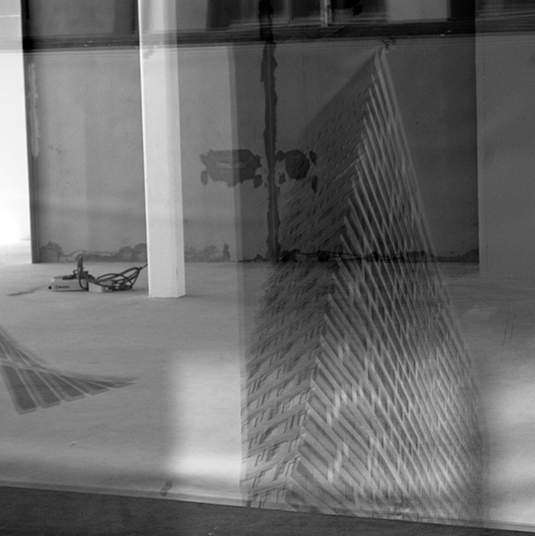
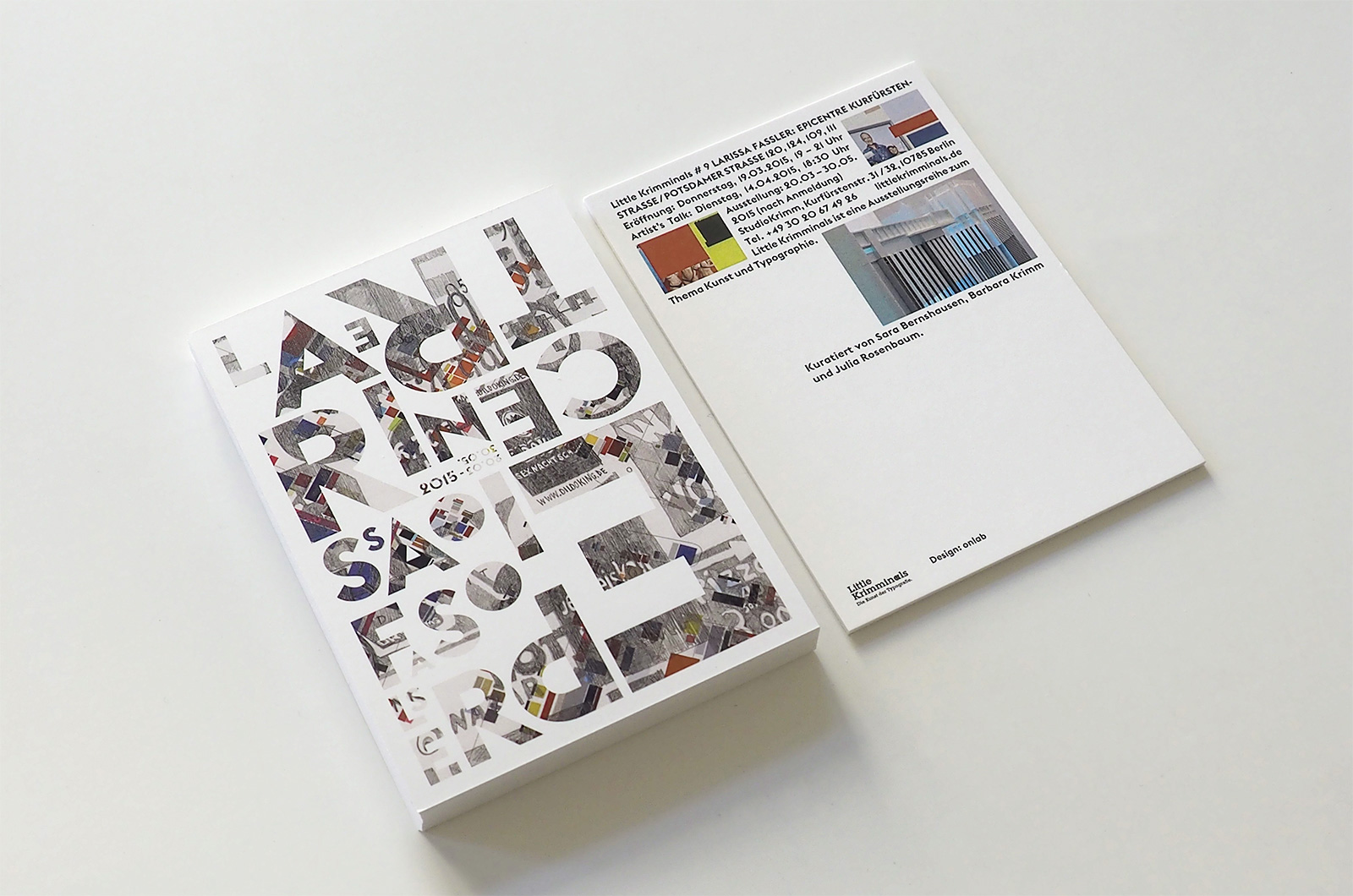
Perhaps by habit, ghosts are regularly associated with the past haunting the present; however, a similar case can readily be made for lost futures haunting the contemporary. This latter category – ghosts of futures that never came to be – is the subject of this essay. Twentieth century architecture envisioned grand futures for the city, but in the recent past the grandest visions arguably concern not the urban core itself, but the suburb. In this article, I aim to develop a deliberation on the lingering influence of futures that never came to materialise, i.e., that are not present, but which at the same time are not absent in the physical landscape. I want to discuss more closely the spectral influences that may continue to exert an influence although they never had any self-identical presence. In other words, we will be talking about hauntology here understood in terms of the “agency of the virtual”.

"AN ESSAY ABOUT NOTHING" (2015)
Journal: Lo-Res Issue 1: High-Rise. Available here.
On the windswept farmlands outside Malmö, a series of high-rises notoriously keeps failing to materialize. This short essay is about that series of high-rises; it presents a hypothetical logic that explains why high-rises are successively proposed in the barren fields. The fields in question are located between where Malmö blends into its level surroundings and the head of the Øresund Bridge rises out of the landscape. The bridge connects Malmö to Copenhagen on the other side of the Strait, the two cities forming an international conurbation. On either side of the bridge, new city-forms are rising out of what previously were pastures and farmlands; the main Danish development project is called Ørestad, while the Swedish counterpart is known as Hyllie.
On the windswept farmlands outside Malmö, a series of high-rises notoriously keeps failing to materialize. This short essay is about that series of high-rises; it presents a hypothetical logic that explains why high-rises are successively proposed in the barren fields. The fields in question are located between where Malmö blends into its level surroundings and the head of the Øresund Bridge rises out of the landscape. The bridge connects Malmö to Copenhagen on the other side of the Strait, the two cities forming an international conurbation. On either side of the bridge, new city-forms are rising out of what previously were pastures and farmlands; the main Danish development project is called Ørestad, while the Swedish counterpart is known as Hyllie.

CATALOGUE TEXT FOR LARISSA FASSLER'S 'EPICENTRE' (2015)
Catalogue text for Larissa Fassler's exhibition EPICENTRE at Little Krimmmnals, Berlin. Exhibition curated by Sara Bernshausen, Barbara Krimm & Julia Rosenbaum.
Available here.
Available here.

"BUILDING THE FUTURE OR BUILDING FOR THE FUTURE?" (2011)
Journal: Conditions Issue: 08: "Preparing for the Unknown"
Architecture and related urban disciplines can be defined as the elimination of all potential futures for a given space but one. As Rem Koolhaas put it: “Where there is nothing, everything is possible. Where there is architecture, nothing (else) is possible.” This constitutes a fundamental dilemma in architecture. Should the selected future be an ill-chosen one, society is left with static architecture, or urbanism that makes no sense and renders alternatives improbable, if not impossible. How architects envision and approach the future is in other words of crucial importance to the urban future.
Architecture and related urban disciplines can be defined as the elimination of all potential futures for a given space but one. As Rem Koolhaas put it: “Where there is nothing, everything is possible. Where there is architecture, nothing (else) is possible.” This constitutes a fundamental dilemma in architecture. Should the selected future be an ill-chosen one, society is left with static architecture, or urbanism that makes no sense and renders alternatives improbable, if not impossible. How architects envision and approach the future is in other words of crucial importance to the urban future.